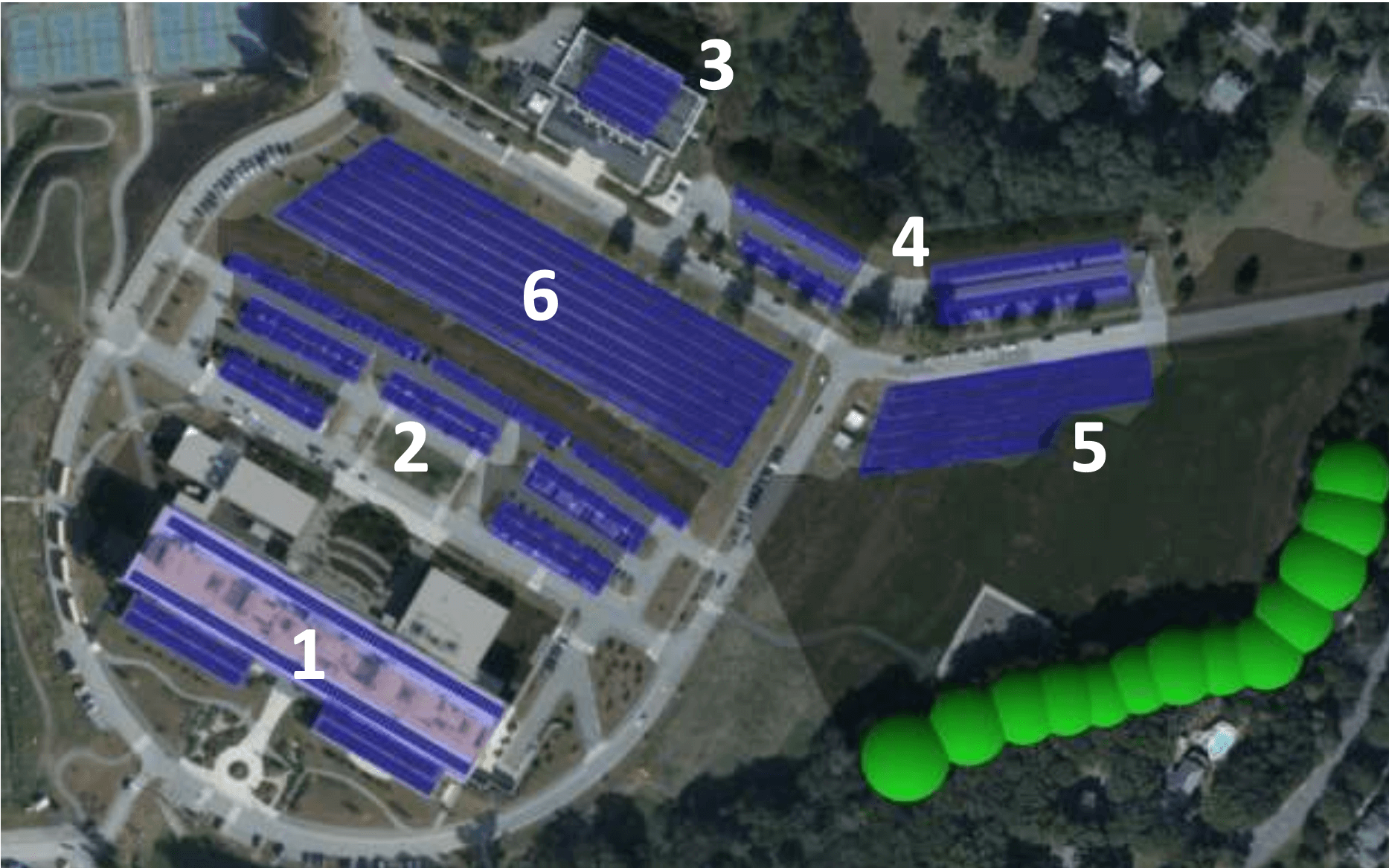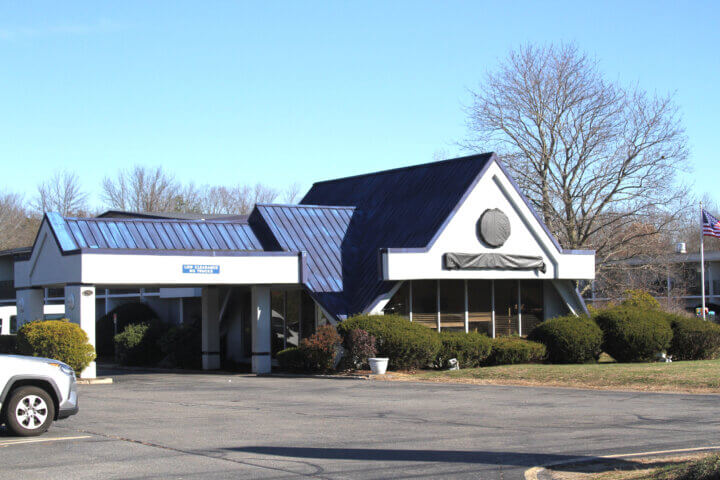By Kelly Walters — Correspondent
Members of Concord’s Solar Implementation Task Force are taking their sustainability efforts to new heights — namely, to the Concord-Carlisle High School rooftop, where officials are exploring the possibility of installing an extensive array of solar panels.
If green-lighted, the project would move Concord closer to its goal of producing 20 megawatts of solar power by 2030, as outlined in the town’s Climate Action and Resilience Plan.
“The last solar [installation] that the light plant put in was in 2014,” task force Chair Dean Banfield said, adding that existing panels in town currently reap around 7.5 megawatts of energy. “We have a long way to go to get to our target.”
Concord’s School Committee voted in February to allow a feasibility study of the roof to determine whether conditions are suitable for the panels.
“If the analysis brings forth a plan that is workable to [the light plant] and workable to us, we will… move forward,” School Committee member Court Booth said during the meeting.
A 2020 study by consulting firm Cadmus estimated that CCHS may be able to host as many as 1,000 solar panels. Siting the panels atop the school will present some challenges, however: Banfield said the roof currently houses mechanical equipment, and it must be repaired or replaced as the building ages.
Concord’s Municipal Light Plant will fund the feasibility study and panel installation and own all energy generated by the panels if the project moves forward, Banfield said, adding that energy costs for rate-payers in town will likely increase in the short-term to fund the project.
Voters to have their say
A warrant article authorizing CMLP to borrow up to $9.2 million for this and other solar expansion projects will go to Town Meeting in April.
“The light plant will be paying for the cost of putting this up [but] the town will be the backstop payer of last resort,” Banfield explained. “We’re saying that this [money] will be taken out and then paid back through the energy that’s generated.”
The high school isn’t the only site the task force is eyeing: Banfield said an existing array of solar panels at the capped landfill on Route 2 has expansion potential as well.
He called the proposed sites at the high school and landfill “low-hanging fruit” because these locations would be acceptable to the light plant, the installation would be relatively affordable and feasible, and the projects could be completed within a year.
“The real issue that we face in Concord, for any solar project you might want to do, [is that] there are a number of negatives that will be brought forward. ‘You can’t cut down this tree, you can’t use this land…’ Every possible reason will be brought out to say why a particular installation shouldn’t go forward,” Banfield said.
“We need to find a way to balance that and at the same time do our part.”






